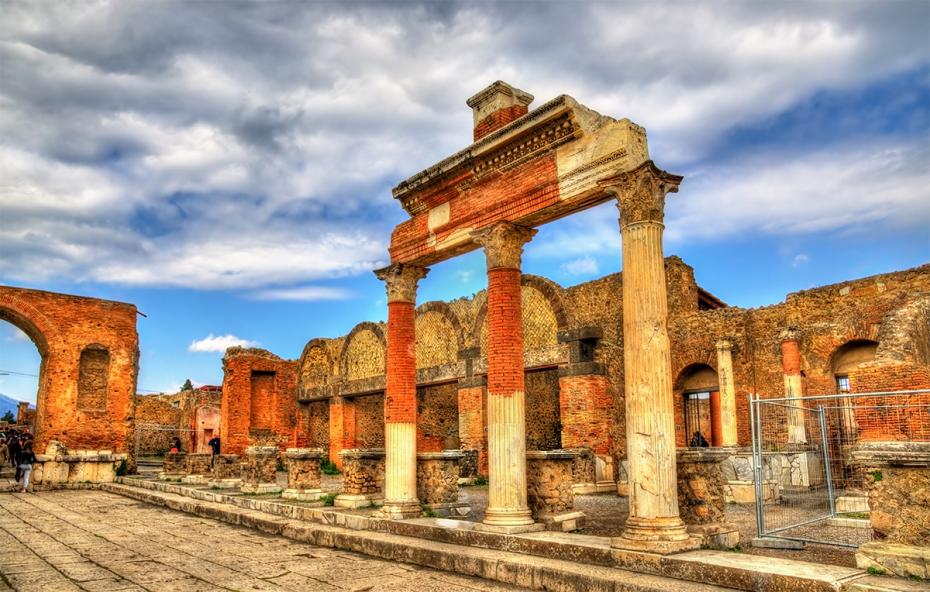Viterbo (near Rome), Sassari (Sardinia Island), Nola (near Naples) and Palmi (Calabria) have all been named by Unesco as notable for their “Celebrations of big shoulder-borne processional structures”.
This is the UN Agency motivation: “The coordinated and equitable sharing of tasks in a common project is a fundamental part of the celebrations, which bind the communities together through the consolidation of mutual respect, cooperation and joint effort”.
In the meanwhile, national and local Italian authorities have signed a management protocol in line with Unesco requests to protect Pompeii, the unique Roman city destroyed in 79 AD (along with nearby Hercolaneum) by a disruptive eruption of Mount Vesuvius that killed thousands of people and buried them in six meters of volcanic ashes.
Last July, Unesco “threatened” Italy to cancel the archeological Neapolitan place from its list of World Heritage sites, in case of continuative abandonment of the place: scarce maintenance and poor protection menace the survival and maintenance of the prestigious archeological site.
But again, despite good intentions, and because of the heavy rains and winds of the last days, the ancient Roman city of Pompeii has been plagued by another building collapse. A wall of an ancient shop in the city’s Via Stabiana crumbled, and some plaster fell from the nearby House of the Fountain.
Conservation authorities said repair work would start very soon, as the damaged buildings are in an area that was already set to be restored as part of a 105-million-euro ($142 million) project launched in February thanks to Eu funds.
But the emergency remains. One of the world’s most renowned archaeological parks and one of the most visited Italian sightseeing is now facing this new collapse because ordinary maintenance work has been neglected for too many years.
Since 2010, at least a dozen buildings have crumbled, including the famous House of the Gladiators.
After Unesco warning, plans for the revamping and preservation of the ancient archeological site were announced in April.
In July, Italian Minister of Culture Massimo Bray promised to install safety measures and open thirty-nine work areas by 2015.
But urgent jobs are needed: sections of structures that have fallen in the past two years have already triggered new concerns about Italy’s ability to protect the 2,000-year-old treasure from further degradation.





























